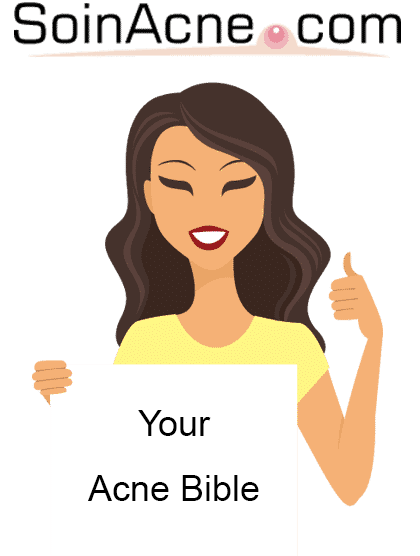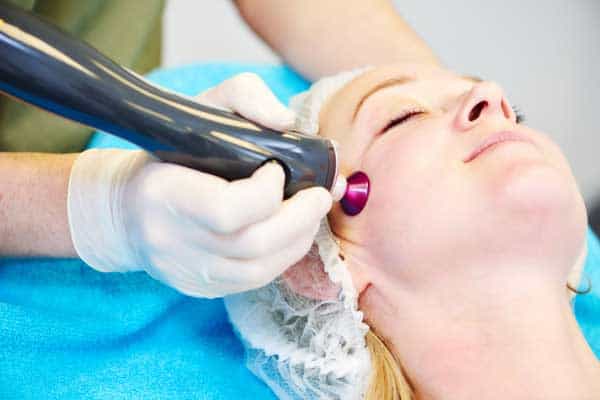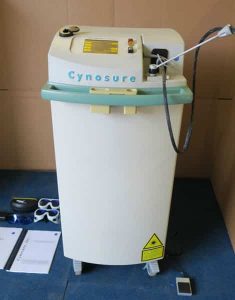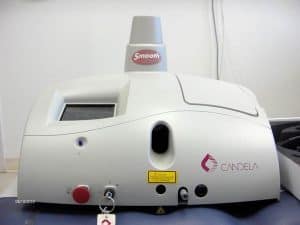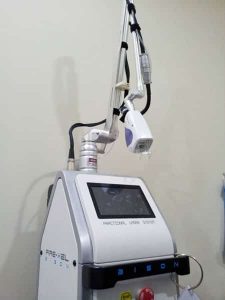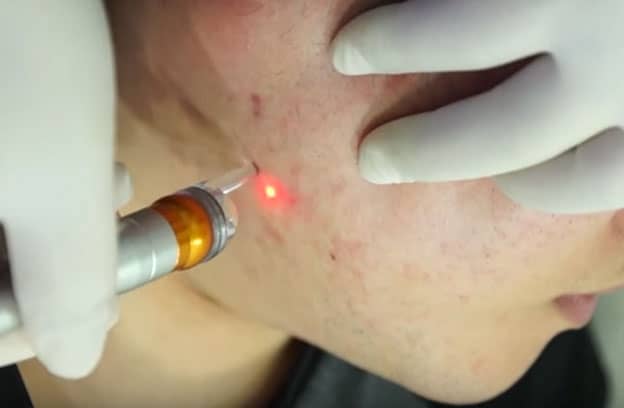Page Content
This explains the impressive number of consultations about this disease at dermatologists. Acne affects mainly the face, but it can also spread to other parts of the body such as the neck, chest, back, etc.
Acne is the expression of an inflammation of the pilosebaceous follicles, favored by a hypersecretion of sebum by the sebaceous glands.
In the absence of acne, the sebaceous glands secrete a normal amount of sebum. This sebum passes through the pilar canal to cover the surface of the skin and protect it from external aggressions.
However, when there is acne, these glands, under the effect of hormones, secrete sebum in an excessive way: this is called hyperseborrhea. The excess sebum accumulates under the skin in the pilar canal and ends up clogging it and causing inflammation of the follicular walls. This subcutaneous accumulation of sebum results in pimples on the skin.
Based on this process that causes the appearance of acne and its manifestations, specialists have developed several treatments to fight this skin problem.
Thus, in addition to traditional topical and oral treatments, it has been a few years since people have also resorted to laser treatment of acne.
Why use the laser
Indicated treatments for acne differ according to the types of lesions characterizing the disease and their extent on the skin.
Generally, for basic lesions such as comedones and microcysts, patients are prescribed topical treatments such as local retinoid gels (isotretinoin).
In the case of inflammatory lesions such as papules, pustules or nodules, treatments based on antibiotics, benzoyl peroxide, etc. are used.
However, sometimes these treatments are ineffective or have side effects (if they work). This is the case, for example, with the scars left by some severe acne. Also, there are cases where it is contraindicated for people to use these treatments.
Whether it is by choice or by lack of choice, many people resort to laser treatments, because even though they are expensive, they do not have any worrying side effects.
Lasers and how they work
Here, we can distinguish the treatment of acne from its aftermath.
Acne treatment
Lasers work on two principles: the first is a diminution of bacterial proliferation and the second is a destruction of the sebaceous glands responsible for hyperseborrhea.
In the latter case, it is the excess sebum that is treated.
Decrease in bacterial proliferation
Decreasing bacterial overgrowth is mostly done with blue light, but can also be done with pulsed light and vascular lasers.
Lasers to achieve this come in many forms and each practice makes the choice of those that suit them. Examples include pulsed polychromatic lights (Deka or Cutera) or the V-Star pulsed dye laser from Cynosure.
The action of these lasers is simple. In fact, Propionibacterium acnes (the bacteria responsible for inflammation) bursts under the effect of the lights projected by the lasers.
During the treatment session, the patient wears eye protection in the form of a shell: this can be pads or glasses.
Laser treatment of acne is performed on cleansed skin and the wavelengths of the lasers are such that they do not alter the superficial layers of the skin.
One of the other possible laser treatments is phototherapy dynamic.
In this case, a photo-sensitizing product is applied to the skin and red light is used to irradiate the applied areas. Under the effect of the light, the photo-sensitizing product is activated and causes fibrosis of the sebaceous glands.
Excess sebum treatment
Here, infrared lasers are generally used. We can mention, among others, the Smoothbeam laser from Candela or the Genesis laser from Cutera.
The purpose of these lasers is to decrease the secretory activity of the sebaceous glands. The goal is to induce fibrosis of the sebaceous glands comparable to that obtained with isotretinoin.
Four to five treatment sessions are required to achieve tangible results. These sessions must be spaced at least one month apart.
In addition to these sessions, maintenance sessions are required every six to twelve months. Treatment performance varies from patient to patient.
There is also an even newer laser, the laser Sebacia, which destroys sebaceous glands. Here, the specialist applies a solution prepared with microparticles composed of silica and gold by massaging the acne-prone areas.
These molecules penetrate deep into the sebaceous glands, where they accumulate.
Under the effect of laser radiation, these accumulated molecules absorb the energy delivered and destroy the glands from within. This is a process comparable to photodynamic therapy.
Treatment of acne sequelae
We are talking about the treatment of scars left by acne after treatment. For these treatments, remodeling lasers are used. There are several types of these.
Many use the CO2 laser fractionated. This is a laser that takes care of leveling the skin by abrasion. In fact, through its heat, it stimulates the deep layers of the dermis to generate skin retraction.
In addition to the fractional CO2 laser, we can also distinguish the FRAXEL laser, which is a fractional, but non-ablative laser. Its two wavelengths (1550 nm and 1927 nm) allow it to act at different depths. It would appear that this laser is today one of the best compromises between effectiveness, therapeutic risk and importance of results.
We also distinguish the ERBIUM GLASS ARAMIS laser, which is a remodeling laser that improves skin tone. It heats the dermis and induces “neo-collagenosis.”
Contraindications for laser treatment of acne
Contraindications must be determined by a specialist even before treatment.
However, it is important to remember that laser treatments are not first-line treatments. They are not used against early forms of acne. For these, local and systemic treatments are usually sufficient.
Lasers are only indicated for moderate to severe acne. However, black and dark skin is more difficult to treat.
For such skin, although only LEDs can be used effectively, lowering the fluences of the Smoothbeam laser may also allow its use.
Contrary to what some patients fear, lasers are not contraindicated for treatment of acne during pregnancy.
On the contrary, in some cases of severe acne during pregnancy, while pregnant women are prohibited from applying certain dangerous creams or ingesting certain medications, laser treatment is often prescribed by specialists.
Furthermore, it is worth noting that laser treatment can interfere with certain medications.
Risks and side effects of laser treatment
So laser treatment for acne clearly has advantages. The procedure is quick and can control acne after a few sessions. However, such treatments subject the subject to some risks or side effects.
Although these are, for the most part, easily countered by dermatologists, it is necessary to talk about them. Indeed, during the treatment procedures, the patient experiences pins, as the lasers produce heat.
However, some treatments go beyond tingling and are painful. The pain experienced differs from laser to laser and from patient to patient.
As for the acne treatment itself, it is possible to experience a sunburn sensation after treatment sessions
This sensation usually lasts for a few hours, but can persist for up to two days.
It is also possible for transient redness and swelling of the skin to occur.
Also, there may be a transient worsening of acne at the start of laser treatment. This worsening varies between lasers and is due to a gradual elimination of cysts.
With regard to the treatment of acne scars, ablative lasers (especially in cases of tanned or dark skin) may produce transient hyperpigmentation.
When using fractional CO2 lasers, there have been exceptional cases of definitive hypopigmentation.
In addition, it should be noted that the use of certain medications such as isotretinoin can cause troublesome reactions during laser treatments. Thus, it is indispensable to speak with your dermatologist about any ongoing treatment.
In conclusion
Finally, let’s note that these laser treatments are not a magic wand that will make acne disappear forever. They are always followed by post-operative care.
These post-treatments are intended to deal with the possible side effects of the laser treatments. They differ depending on the patient and the lasers used.
Generally, they consist of the application of soothing non-comedogenic moisturizing creams and protection from the sun.
It should also be noted that these treatments are not covered by social security and are expensive. The practices generally set the price according to the surfaces to be treated.
